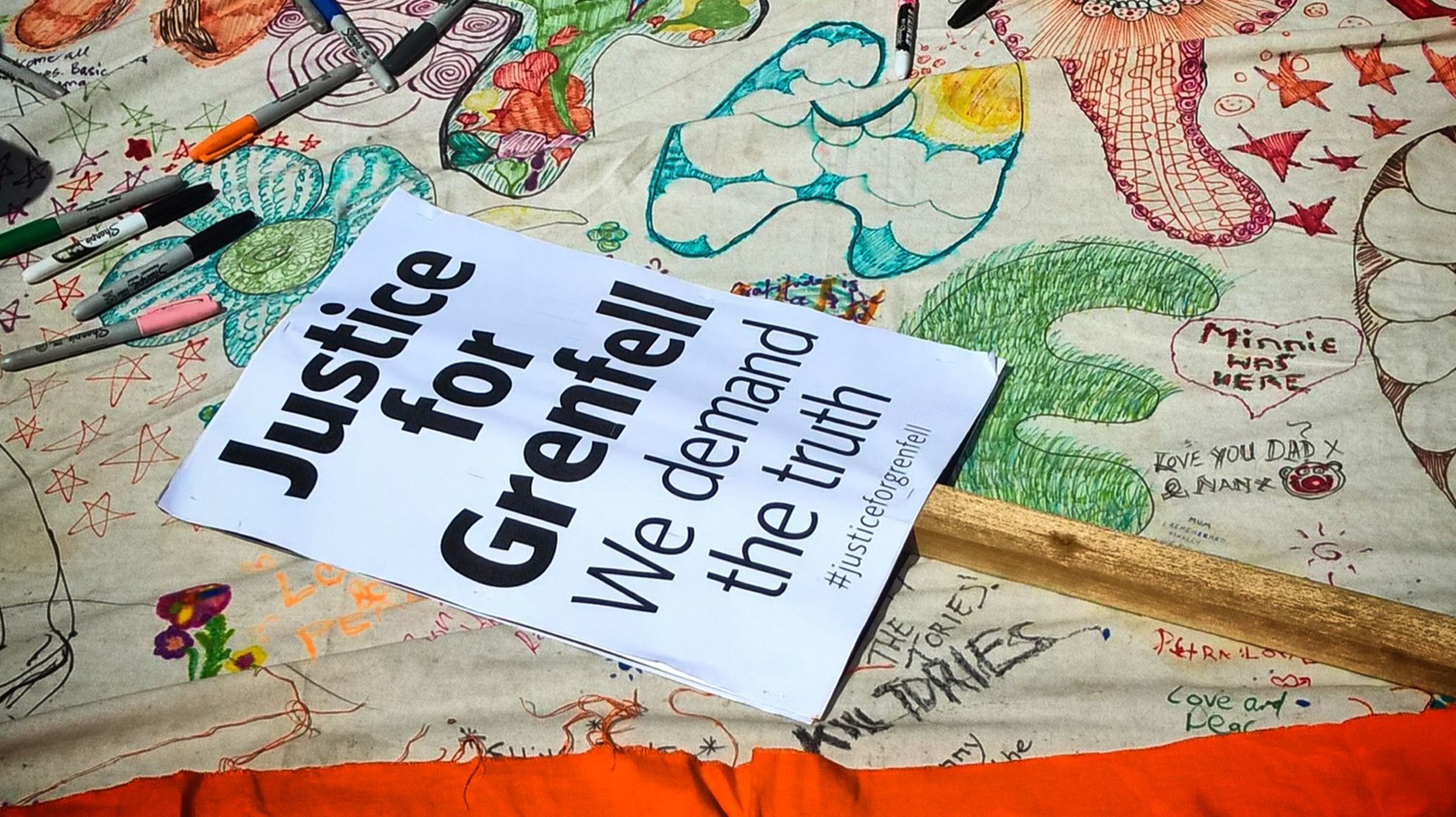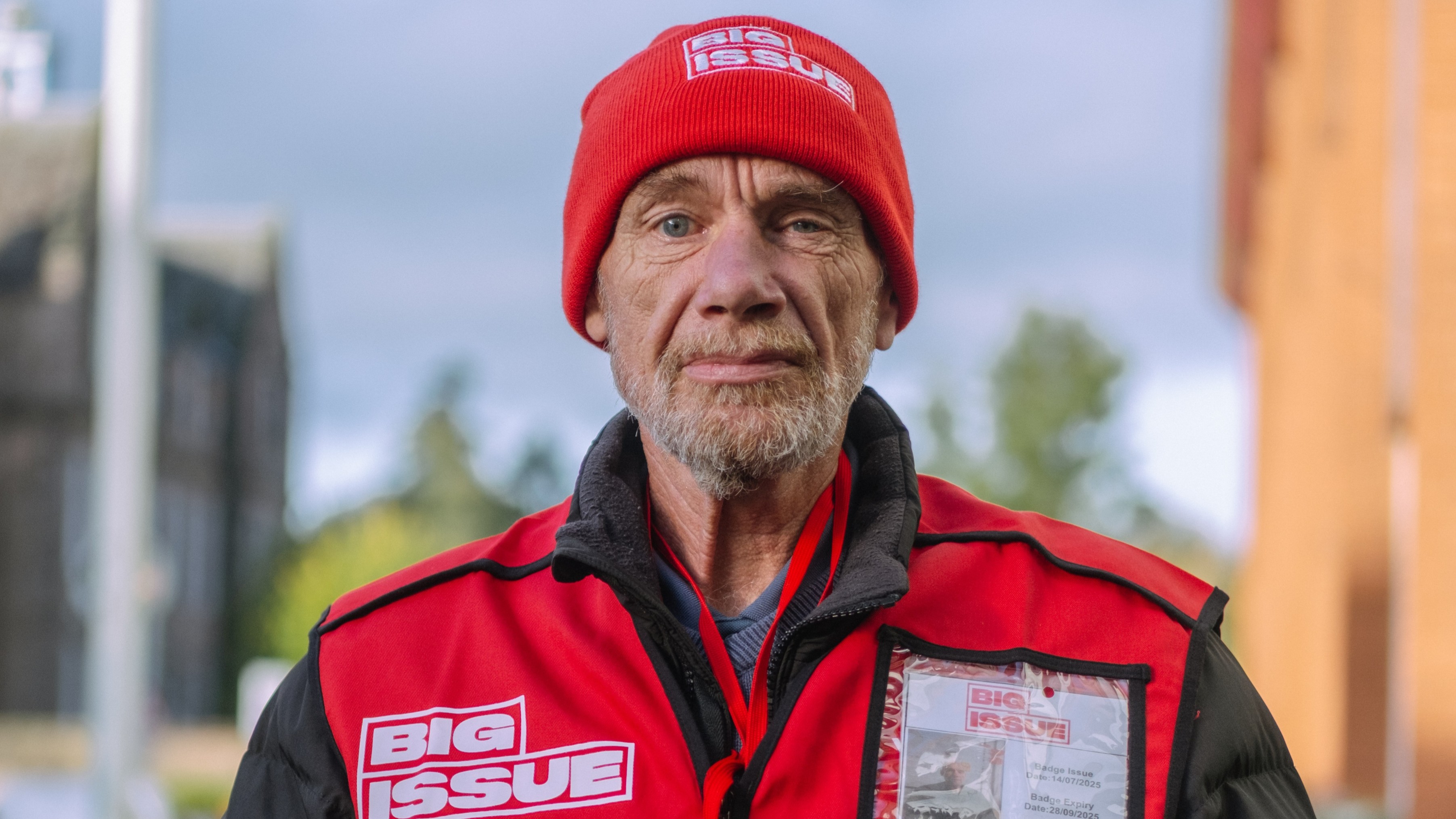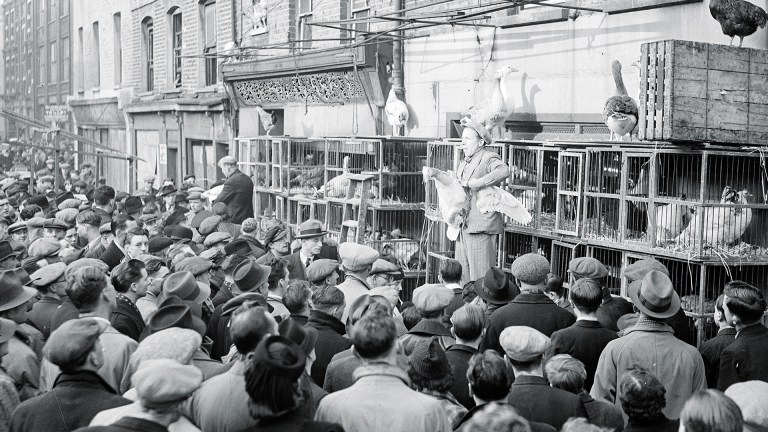The Grenfell Inquiry report published this week is a powerful and comprehensive account of the underlying causes of the fire and the 72 deaths which it concluded were all “avoidable”.
It has shone a harrowing light on the dynamics of 21st century Britain. Institutions and sectors that are supposed to ensure our safety – government departments and agencies, local authorities, housing management organisations, and the construction industry – all failed. The report draws a line under the buck passing, the merry go-round of blame. While complex, the respective responsibilities of the many guilty parties are there for all to see in black and white. Survivors and the bereaved may have known all this for years, but that it is now a matter of official record is vital, even as they wait for the criminal prosecutions that offer the hope of justice.
- UK housing crisis is so bad that some people waiting 55 years for a social home: ‘We need change’
- How a council used a little-known 20-year-old law to seize properties off a rogue landlord
In the days following the fire, I was one of many that provided part of the emergency response while working at the North Kensington Law Centre, which was situated just yards away from the tower. The evidence underpinning this week’s report, much of which I later came to review when representing some of the bereaved, survivors and their relatives at the public inquiry, is damning. It details how, at every stage, systems that ought to have protected residents failed. Industries, regulations and standards whose existence are purportedly based on human welfare and the preservation of life became divorced from just that. The institutions that the inquiry examined, which operate in the background of the lives of most of us, became characterised by incompetence, indifference, and at their most extreme, hostility and contempt towards those whom they ought to have been serving.
Grenfell Tower residents stood little chance against such powerful structural forces. The report meticulously details the breakdown of the relationships between Kensington and Chelsea council, its management arm the Kensington and Chelsea Tenant Management Organisation (TMO) and residents. As it makes clear, “the TMO lost sight of the fact that the residents were people who depended on it for a safe and decent home and the privacy and dignity that a home should provide.” Allowing the deterioration of its relationship with residents reflected “a serious failure on its part to observe its basic responsibilities”.
While scathing, this is hardly surprising and is the only reasonable conclusion to draw from the evidence. The Grenfell fire is already responsible, in part, for the slow defrosting of entrenched and hardened societal attitudes to social housing and the stigma experienced by its tenants, but there is much more to do. Some legislation and an enhanced regulatory framework is already in place. The Social Housing (Regulation) Act 2023 has set important new standards for councils and housing associations, introducing more robust tiers of accountability, an inspection regime and higher standards of professionalism into the sector. However, while the report makes a series of hard-hitting recommendations regarding swathes of vital issues covered by the inquiry, the existence of this legislation has underpinned its decision not to issue recommendations regarding social housing management, to the disappointment of some former Tower residents.
In his Commons statement following the report’s publication, the prime minister signalled the government’s intention look at the “wider issues” beyond the recommendations, including in relation to residents’ access to information. The evidence, clearly laid out in the report, demonstrates there is an important case for doing so, and gives rise to vital counterfactual questions. If the TMO had adhered to its responsibilities to give residents a formal consultative role and voice prior and during the tower’s refurbishment, would the key (and fatal) decisions taken as part of it have been made in the same way? What would have happened if residents had known that Exova, the fire safety consultant for the refurbishment, had failed to undertake the final fire safety report it had promised, which had been intended to examine the external walls of the building?





